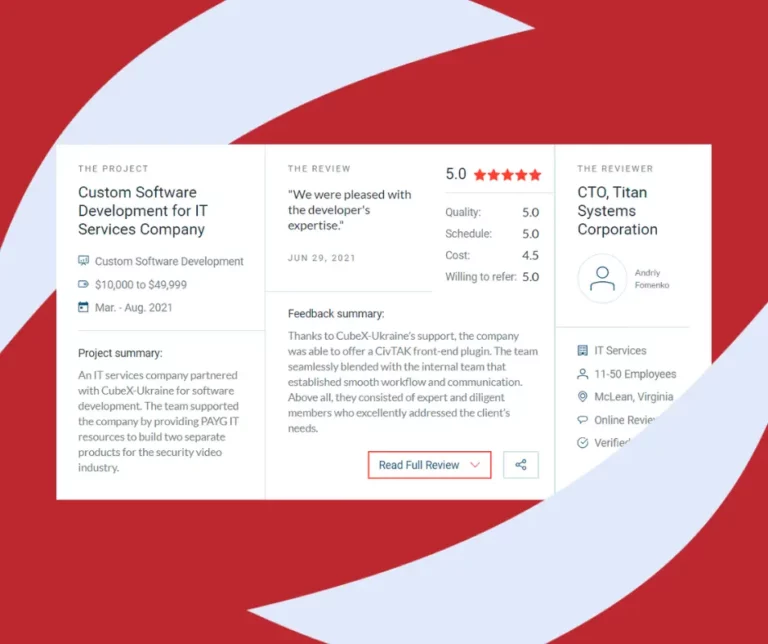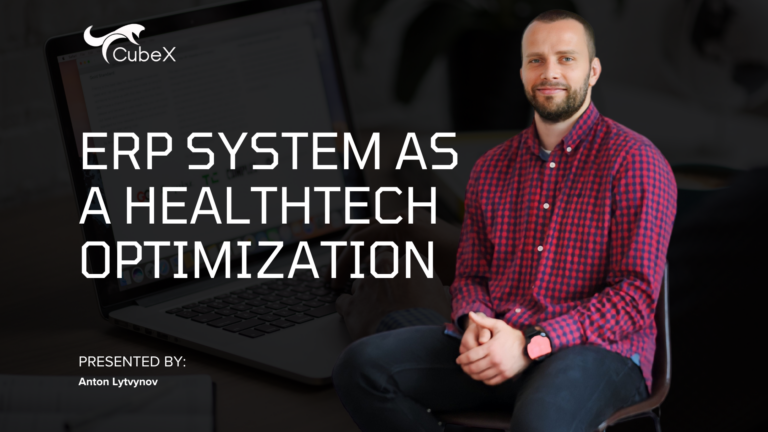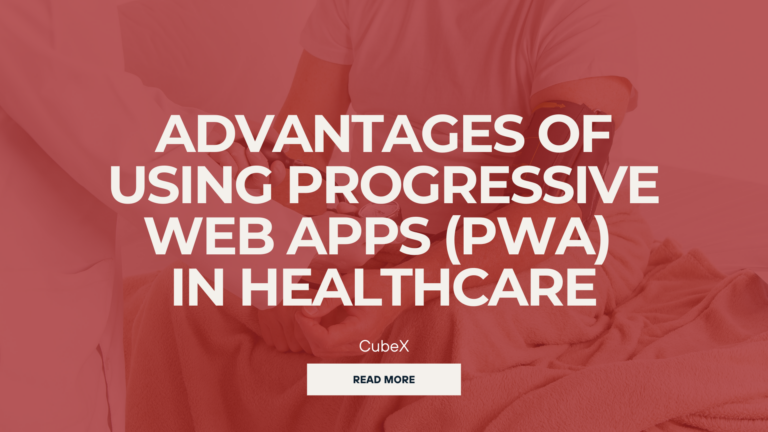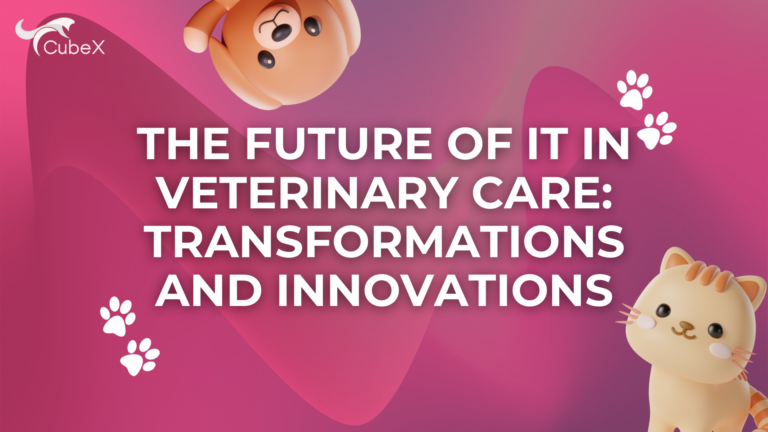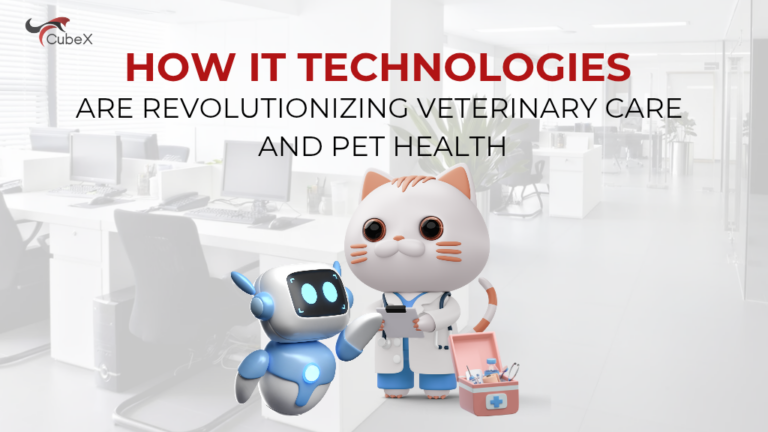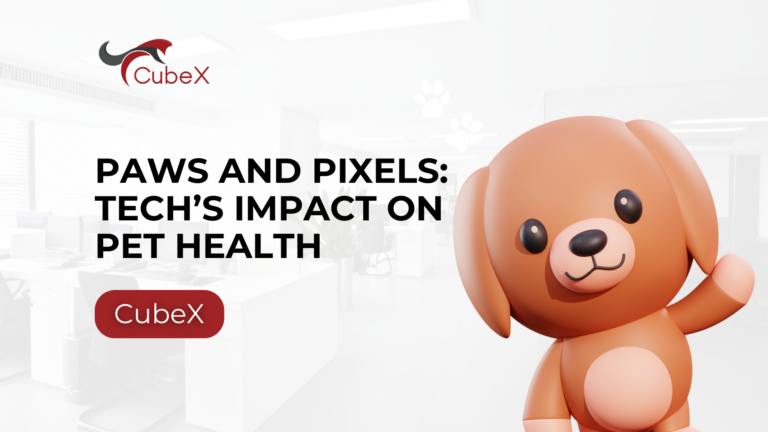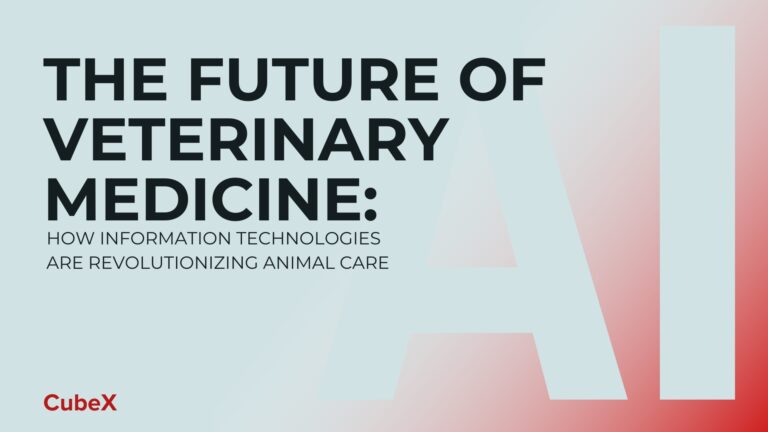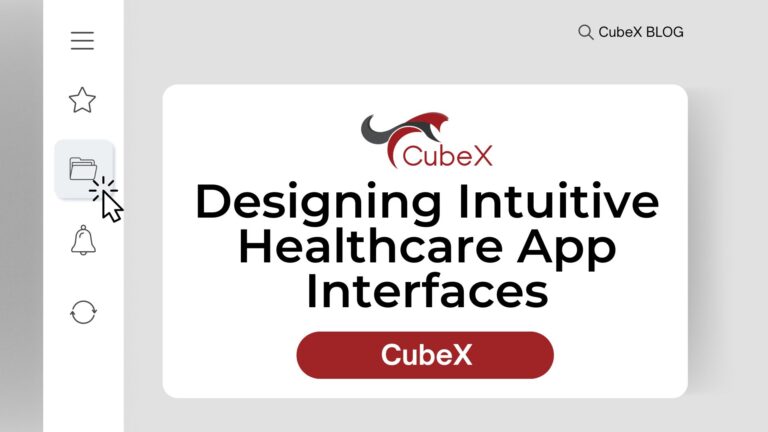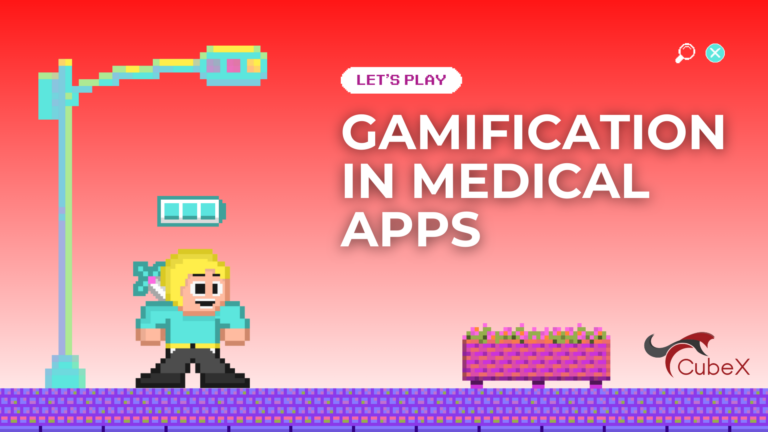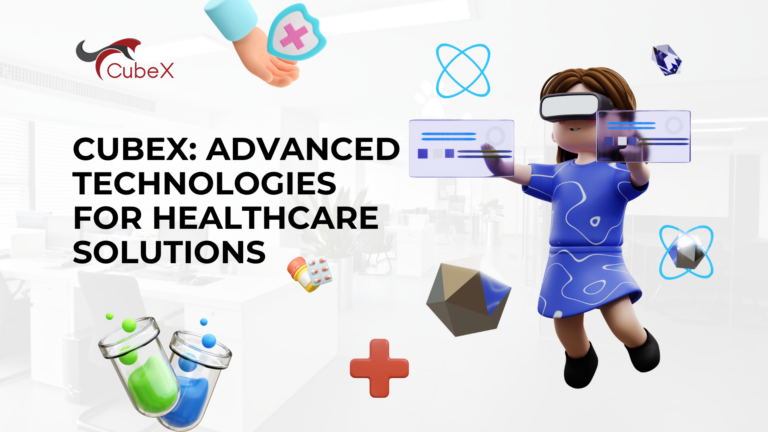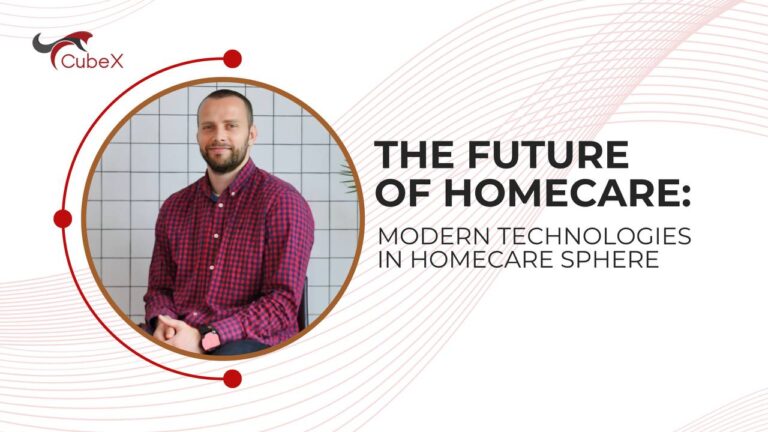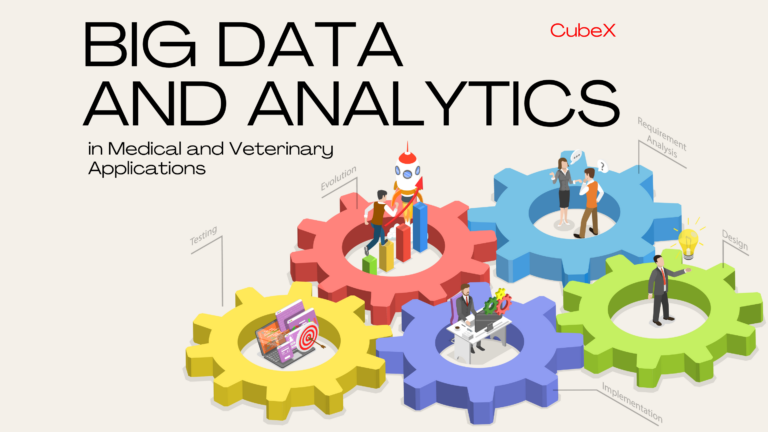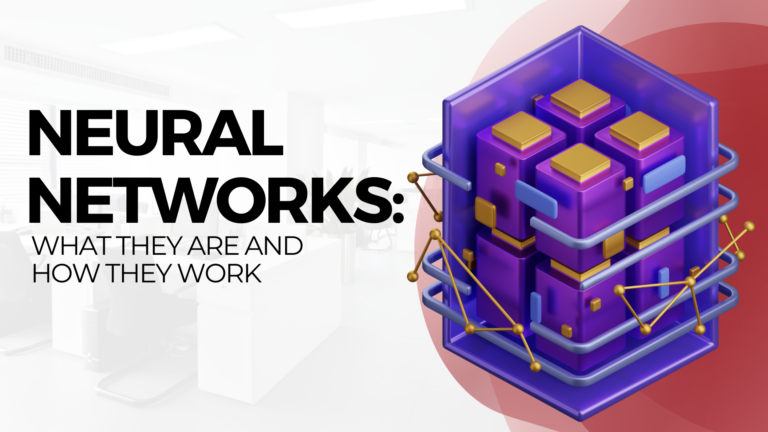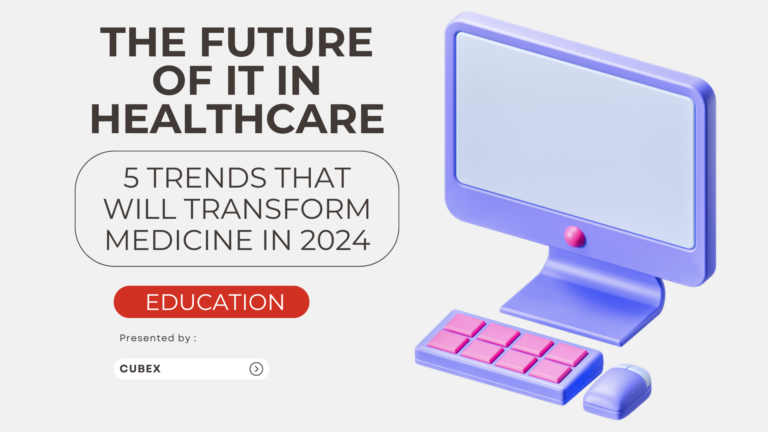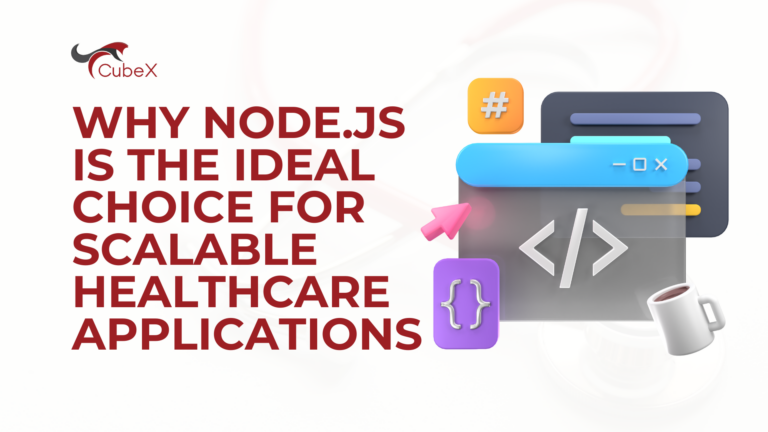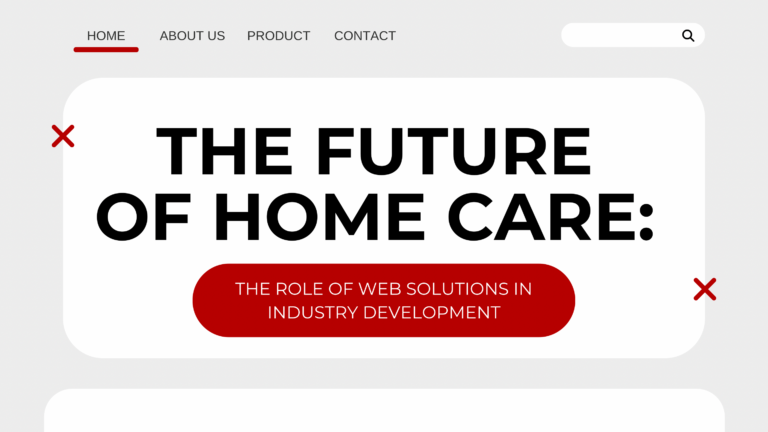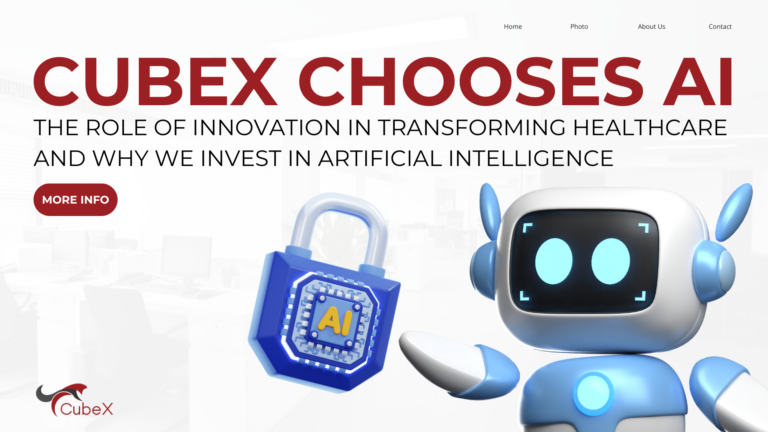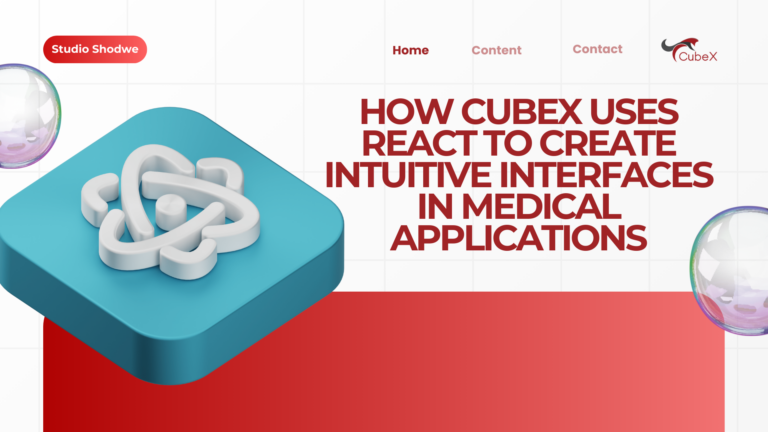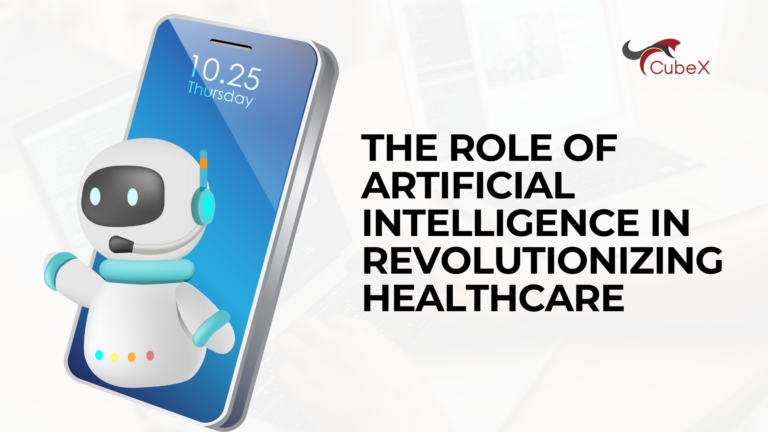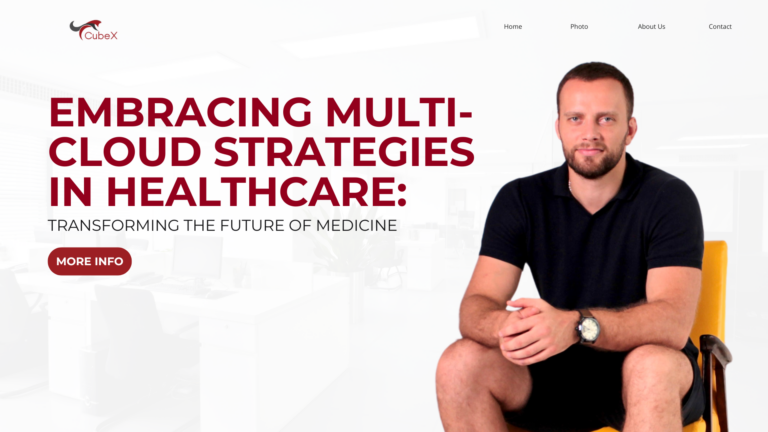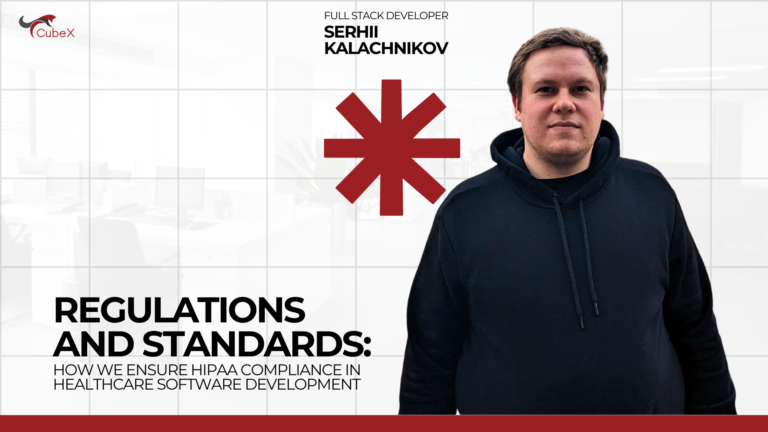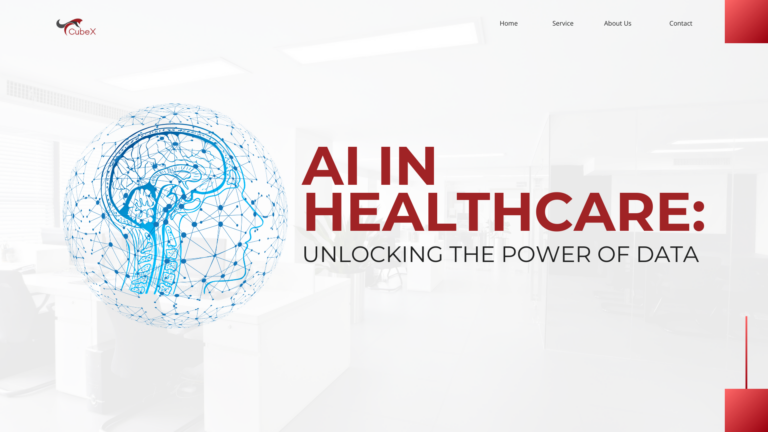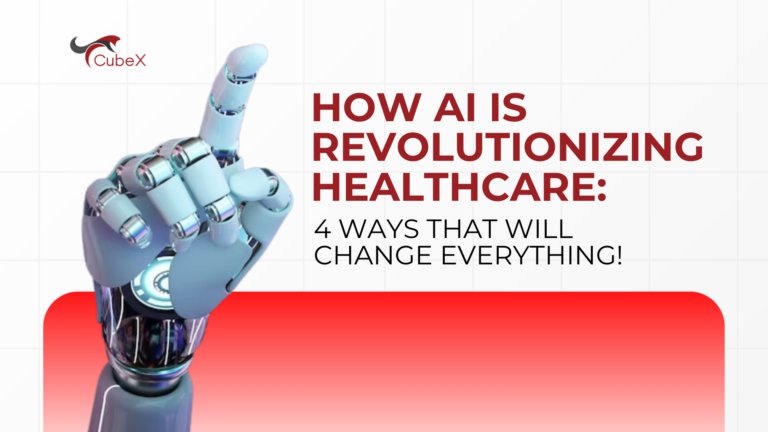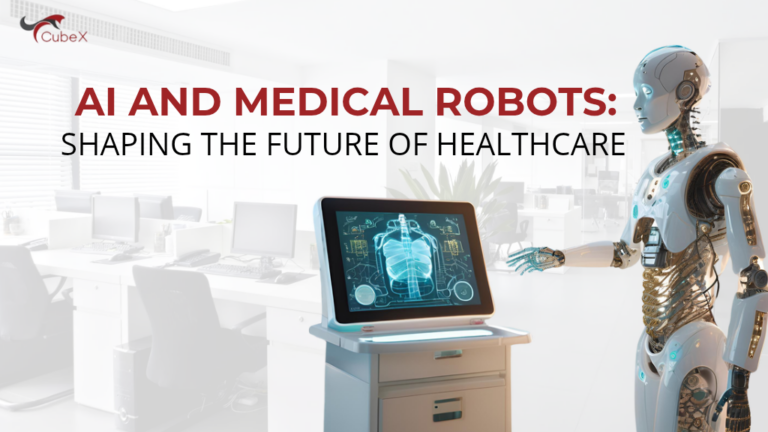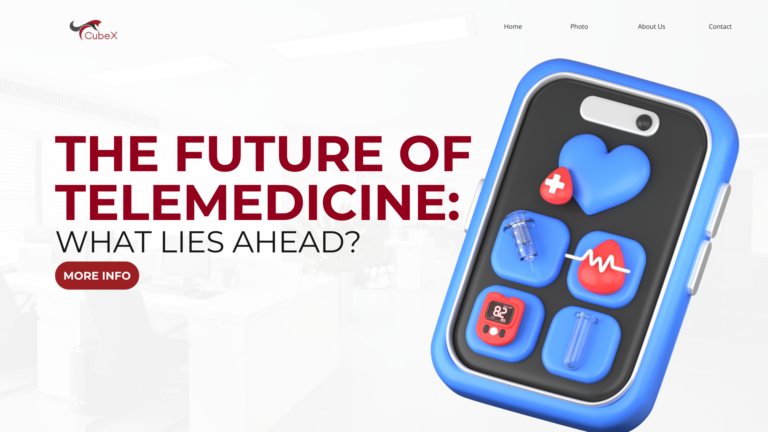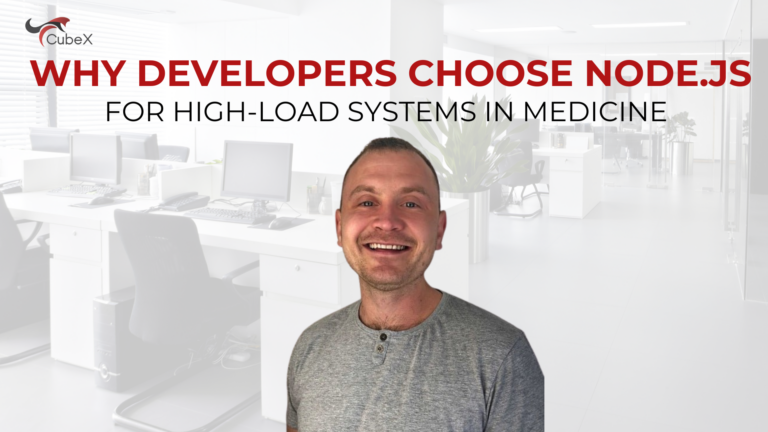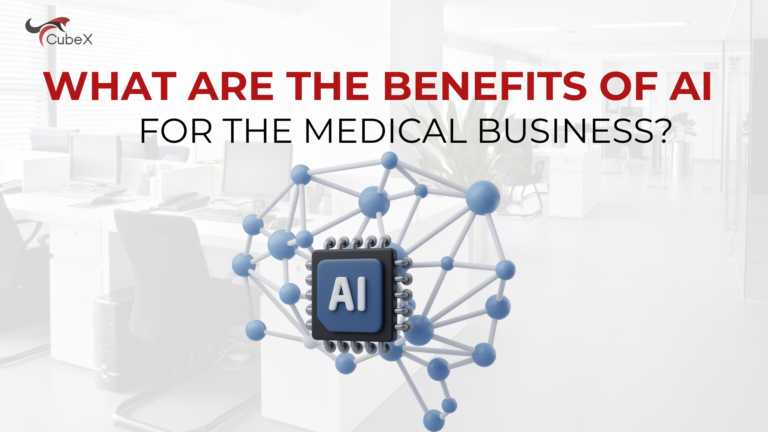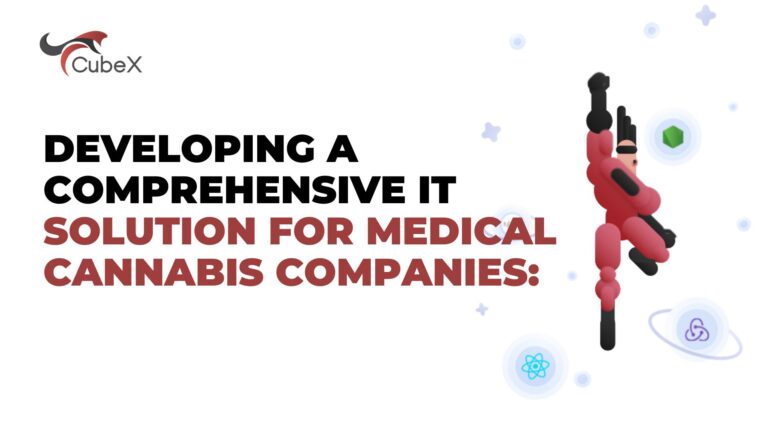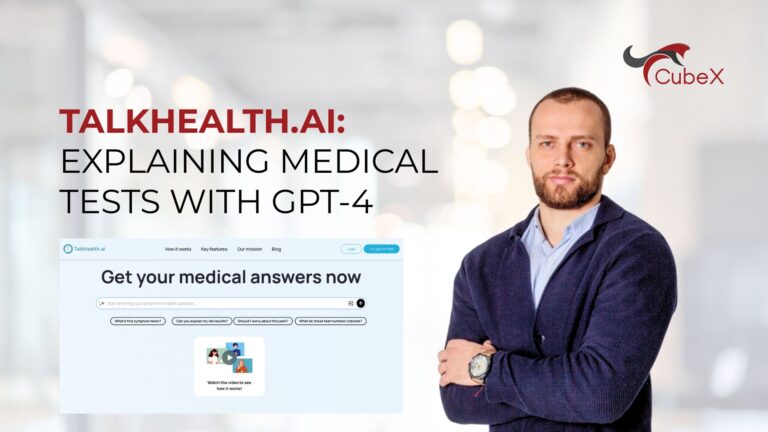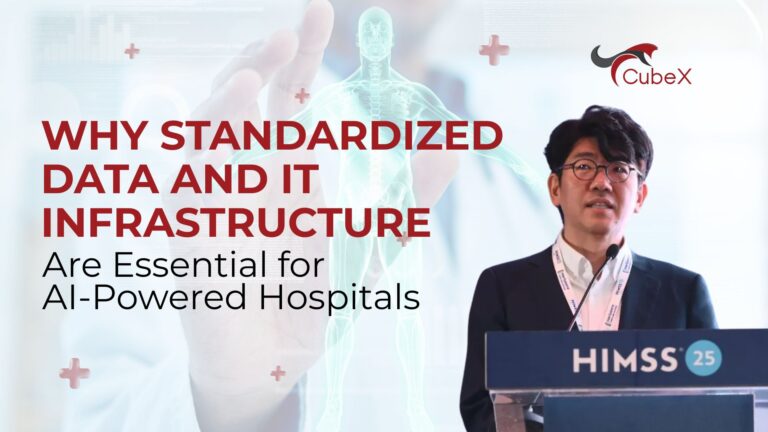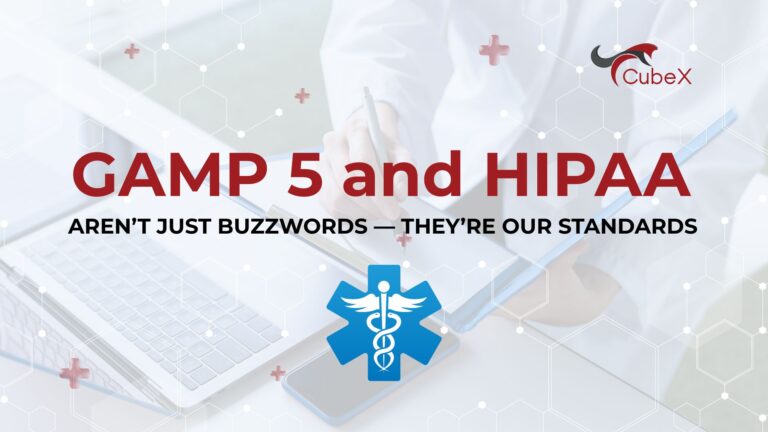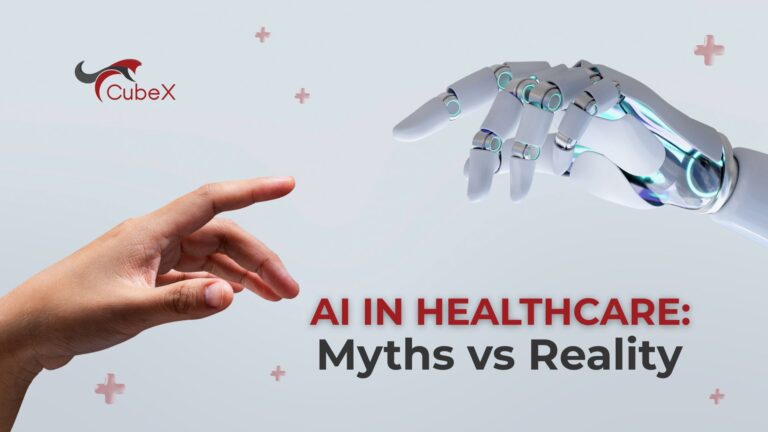Why Node.js is the Ideal Choice for Scalable Healthcare Applications
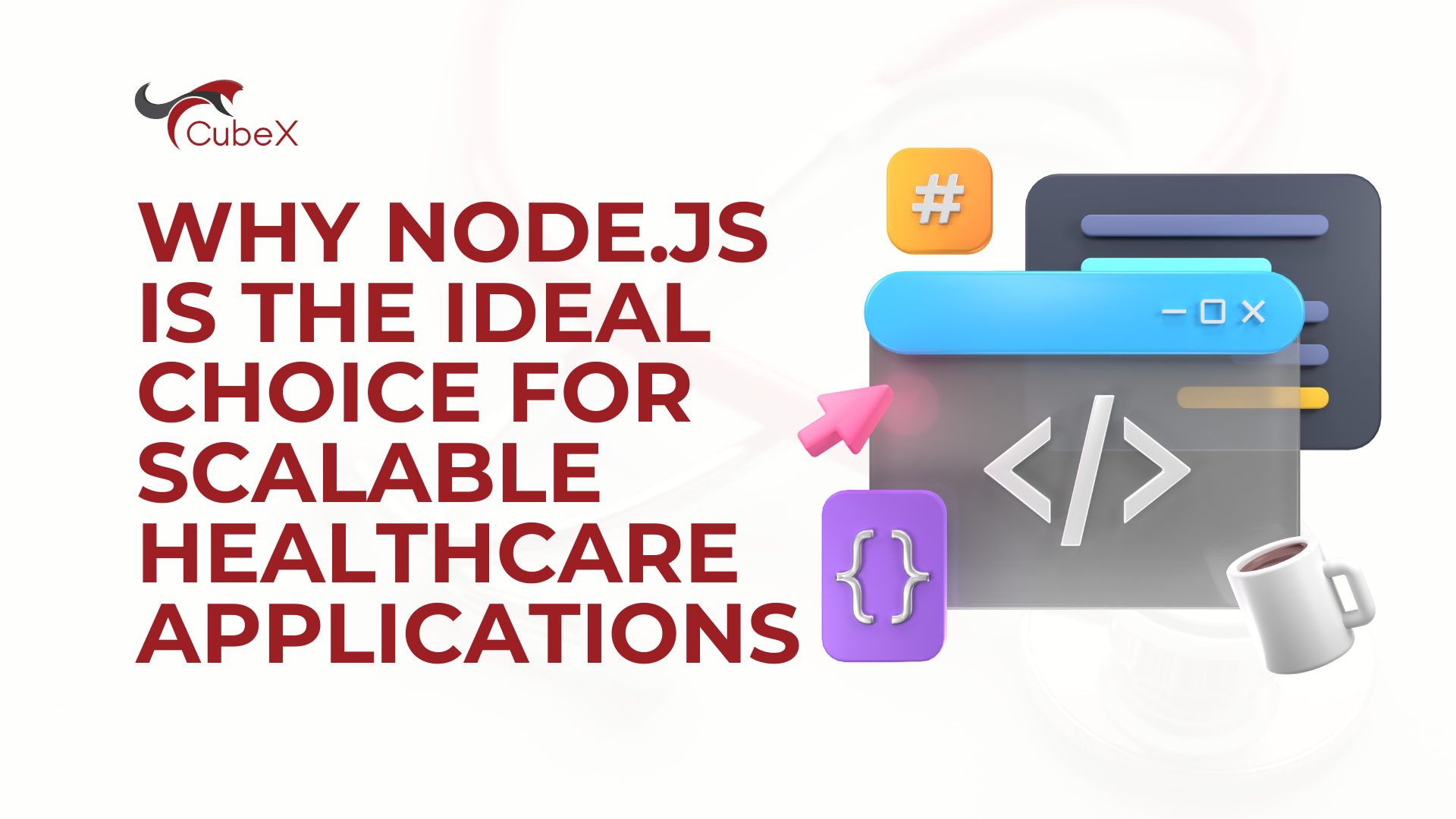
For scalable, secure healthcare application development, a powerful server platform capable of high performance and flexibility in handling large data volumes is essential. Node.js has become a popular choice, particularly for applications that require consistent operation under high data exchange. This article explores the key advantages of Node.js for healthcare solution development, supported by statistics and analytics that demonstrate its effectiveness.

1. High Performance and Scalability
According to IBM research, using Node.js reduces server response times by an average of 48% compared to traditional server technologies—crucial for medical platforms handling critical data. Node.js is powered by Google’s V8 engine, optimized to process JavaScript efficiently, supporting Just-in-Time compilation to cut execution time and increase speed by 30-40%.
Node.js’s asynchronous architecture and non-blocking I/O make it ideal for multitasking healthcare applications. For example, a telemedicine platform can handle multiple video sessions, notifications, and database requests simultaneously without queuing delays. As a result, platforms built on Node.js process parallel requests with latency as low as 50 ms(compared to typical 200-300 ms in more traditional server solutions).
2. Support for Microservice Architecture
Node.js is an excellent choice for building microservices—independent modules that can be easily scaled and updated. Microservice architecture allows healthcare applications to segment each functionality into separate services, increasing flexibility and speeding up the rollout of new features.
According to Gartner, companies that have switched to a microservice architecture improved their system scalability by 50-75%. With microservices, healthcare organizations can adapt to changing market demands faster, as each component can be tested and updated independently without risking critical functionality.
3. Real-Time Data Support
Accenture research indicates that the market for telemedicine and remote patient monitoring solutions is growing at an average rate of 25% per year and is expected to reach $191.7 billion by 2025. With WebSockets and Event-Driven Server technology, Node.js is crucial for platforms requiring instant data exchange, such as remote health monitoring.
Node.js enables secure, high-performance real-time connections, which are critical for remote interactions between doctors and patients. With average event response times of under 10 ms, Node.js ensures rapid data updates in applications, minimizing delays and providing users with a seamless experience.
4. Rich Ecosystem and Library Accessibility
Node.js has one of the largest repositories of packages and libraries—npm, with over 1.5 million packages. In healthcare, this allows developers to accelerate the creation of functional modules like security systems, biometric data processing, and encryption. Using npm can reduce development time by 30-40%.
Additionally, the flexibility of the ecosystem and its scalability reduces integration costs for AI, IoT, and Big Data systems, which are in high demand in healthcare. Companies using Node.js can rapidly deploy AI-driven solutions, such as automated data analysis systems, enhancing service quality and competitiveness.
5. Ensuring Patient Data Security
Patient data security is critical in healthcare, where regulations like HIPAA and GDPR impose strict requirements on data collection, storage, and transfer. Node.js facilitates the integration of security mechanisms such as data encryption, JWT authentication, and SSL/TLS encryption, which safeguard sensitive data.
A report by MarketsandMarkets shows that companies adopting advanced data protection technologies, such as multi-layered authorization and encryption, reduce the risk of information leakage by 85%. With Node.js, developers can implement multi-step authentication, making it a reliable choice for medical applications that need to meet high security standards.
6. Versatility and Fast Team Adaptation
Node.js uses JavaScript, the language of 98% of all web applications, according to W3Techs. This simplifies integration between client-side and server-side components in healthcare applications, reducing the learning curve and speeding up developer onboarding. A unified JavaScript stack cuts development costs and improves team productivity: Indeed reports that companies working with a unified stack reduce development costs by 25-35%.
The simplicity of learning and unified stack also improves coordination between frontend and backend developers, which is especially relevant in projects requiring rapid feature deployment.
7. Efficient NoSQL Database Compatibility
Medical applications handle vast amounts of data, requiring flexibility and quick processing. Node.js is highly compatible with NoSQL databases like MongoDB, making it an ideal choice for applications handling dynamic patient data.
MongoDB and other NoSQL solutions offer read/write speeds of 1,000 operations per second, allowing healthcare applications to process large data sets effectively. According to O’Reilly research, NoSQL usage in healthcare reduces data storage costs by 20-30% compared to relational databases.
Conclusion
Node.js is a powerful tool for developing scalable, secure, high-performance healthcare applications. With its high performance, support for microservice architecture, real-time capabilities, and extensive library ecosystem, Node.js enables healthcare companies to create innovative solutions that meet safety standards and align with the needs of a growing market.
Using Node.js, healthcare organizations can improve service quality, accelerate interaction between patients and physicians, and ensure data privacy, which is essential in today’s digital transformation landscape.
Contact Us
Please contact us for any further information







